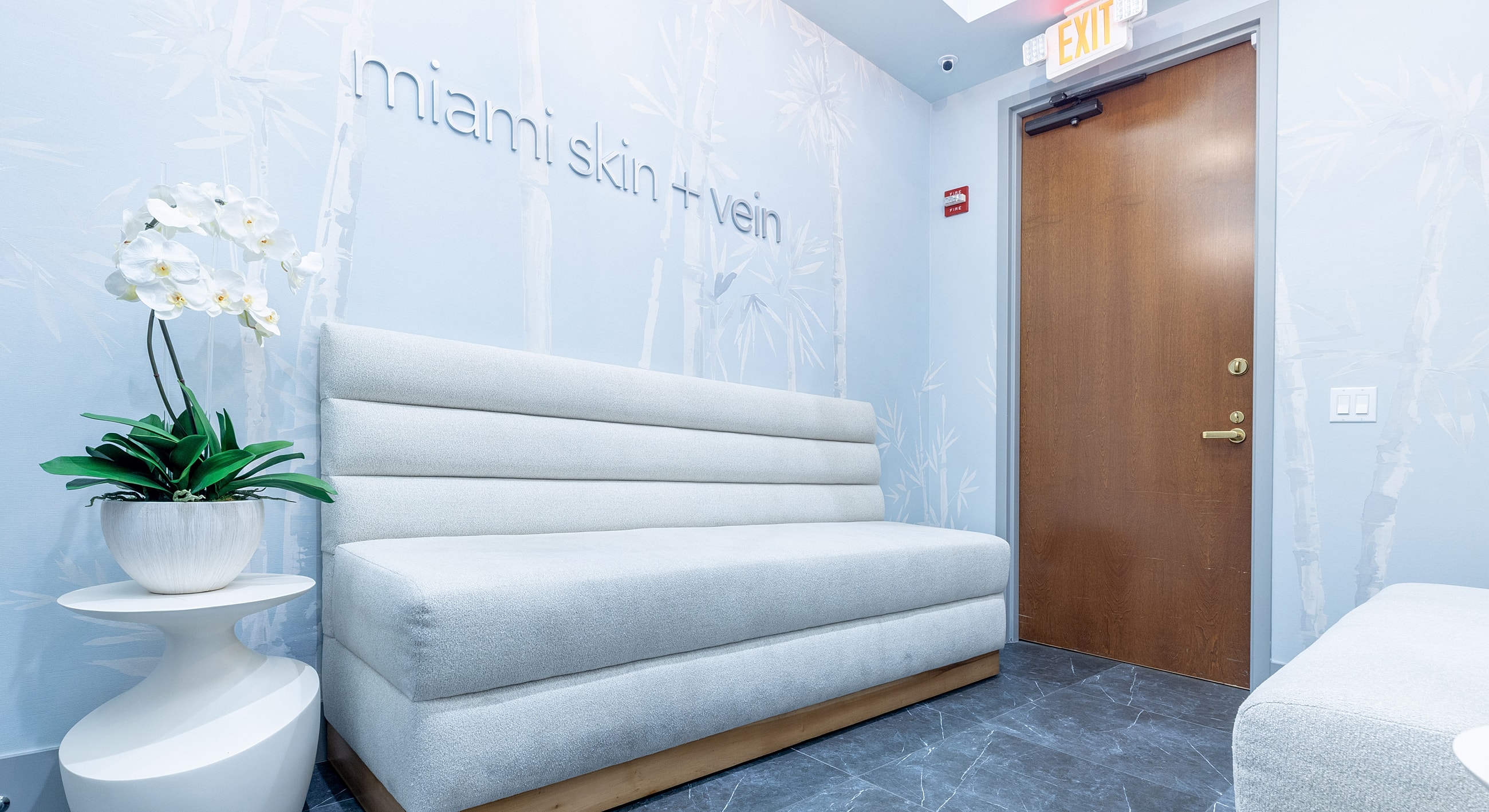


There are many different fillers on the market; however, most of them are hyaluronic acid (HA)-based fillers. The only non-HA fillers currently approved by the FDA are Sculptra, Radiesse, and Bellafill.
HA fillers add volume by attracting and holding water in the treated area, resulting in a plump, supple appearance. Restylane filler, one of the most popular HA brands, typically lasts between 6 and 12 months.
HA fillers like Restylane work by filling in wrinkles. The hyaluronic acid gel that makes up these fillers is injected deep into the wrinkle and essentially “pops“ out the wrinkle. Studies have indicated that HA “line fillers“ can stimulate collagen production to some extent. However, the primary mechanism of action for these fillers is providing structural support to the wrinkle from its base. Once the body breaks down the HA filler, it needs to be replaced.
Biostimulatory fillers, on the other hand, work by stimulating collagen production, creating new tissue that restores facial volume. The “filler“ is, therefore, not really the product but the collagen that it stimulates. The filler particles will be broken down by the body relatively quickly; however, the collagen can, in many cases, last for years. Biostimulatory fillers prime the pump, and the body continues producing collagen long after your injection. That is why biostimulatory fillers like Sculptra typically last longer than hyaluronic acid-based fillers like Restylane and Juvederm.
Through stimulated collagen production, results from biostimulatory filler injections can last up to two years. However, these results do come with a caveat. Results from biostimulatory treatments typically take longer to show full effect while the body is building up collagen. Yet, the results can be more natural-looking compared to HA fillers.
Since a large part of Dr. Shaun Patel’s practice is focused on injectable aesthetic treatments such as fillers, not a day goes by that he’s not asked the question, “How long do fillers last?“. This is a difficult question to answer because the answer depends on several factors.
The list of factors that determine filler longevity includes:
First, how long a filler lasts depends on the type of filler used. For example, a hyaluronic acid-based filler like Restylane may last 9-12 months, while Sculptra, a biostimulatory filler, may last up to 2 years. Radiesse and Bellafill are other examples of biostimulatory fillers.
Of the hyaluronic acid-based fillers, larger particle fillers like Restylane Lyft tend to last longer than smaller particle fillers like Restylane Silk. This is because smaller particle fillers have more surface area exposed to degradation, and larger particle fillers have less surface area for an equivalent amount of filler. Restylane Lyft typically lasts 9-12 months, while Restylane Silk lasts 4-6 months.
Where the filler is injected into the face also influences how long the filler lasts. For example, filler injected into the undereyes tends to last longer than filler injected into the lips. Fillers injected into the temples and undereyes tend to last the longest, while fillers injected into the lips tend to last the shortest time. Often, these differences in longevity are based on the amount of motion in the treated area. The lips and mouth move a lot, so the filler tends to last for shorter periods when injected into these areas.
Here is a list of areas typically treated with fillers listed in order of filler longevity from top to bottom, with 1 being the longest lasting and 6 being the shortest lasting areas:
The proprietary technologies used to manufacture the fillers also impact their longevity. In general, higher crosslinking and higher concentrations of hyaluronic acid lead to a longer-lasting filler. The different technologies used to make fillers include:
Of these technologies, it is said that Vycross technology tends to last longer than the others because of the crosslinking of low molecular weight and high molecular weight hyaluronic acid. The thought is that the combination of low and high molecular weight HA leads to more efficient crosslinking and better filler longevity.
However, over the last few years, Vycross-based products have had a number of issues with nodules and inflammatory/immune reactions, which is why Dr. Patel tends to prefer the Restylane family of fillers in his practice.
The amount of filler used per site also influences how long a filler lasts. For example, a cheek injection with two syringes of Restylane Lyft will have a longer-lasting result than the same cheeks injected with one syringe of Restylane Lyft.
In addition to the amount of filler, regular treatment of the same parts of the face with filler leads eventually to better longevity. For example, lips treated for the first time with filler may last 4-6 months. However, with regular treatment, the same filler may last longer.
Finally, every patient’s body metabolizes fillers differently. Restylane Defyne may last nine months in the nasolabial folds in one patient, while another patient with slower metabolism may see results lasting 12 months.
Based on Dr. Patel’s extensive experience with the FDA-approved fillers on the market today, he recommends that most patients should expect to have filler treatment every 9-12 months except when the lips are being treated. With the lips, most patients need maintenance treatment every 6-9 months. Sculptra lasts up to 2 years, but Dr. Patel usually recommends a maintenance treatment once a year using 1-2 vials.
Understanding the different types of facial fillers and how your body impacts them is crucial for achieving the longevity of results you desire. No matter your choice, fillers can be a safe, effective, and affordable way to restore a youthful-looking appearance.
Learn more about dermal fillers by scheduling a consultation with Dr. Shaun Patel at Miami Skin + Vein. Call (786) 618-5039 or complete our contact form today.